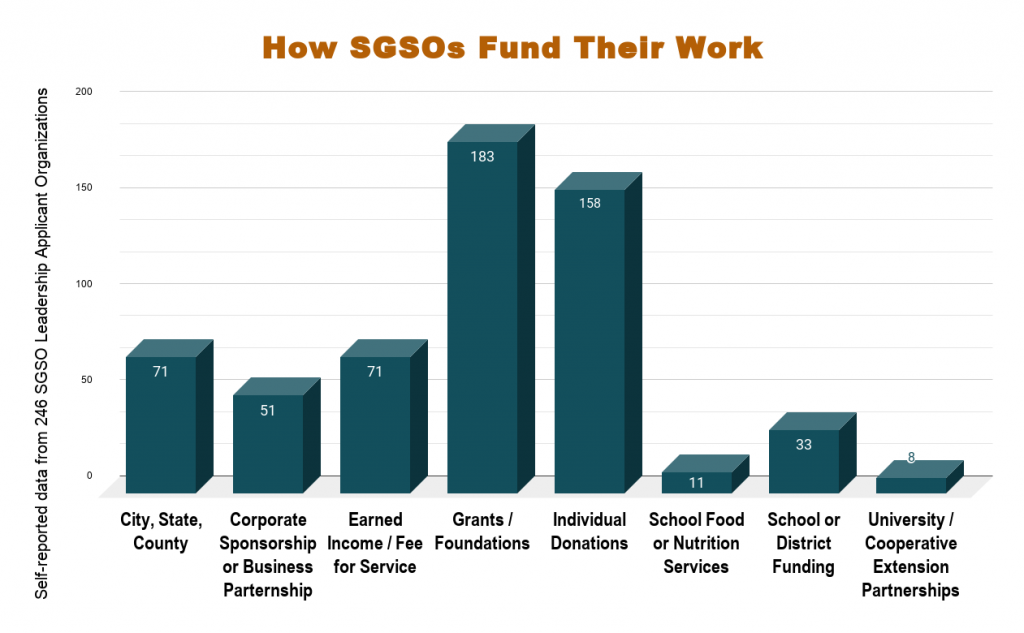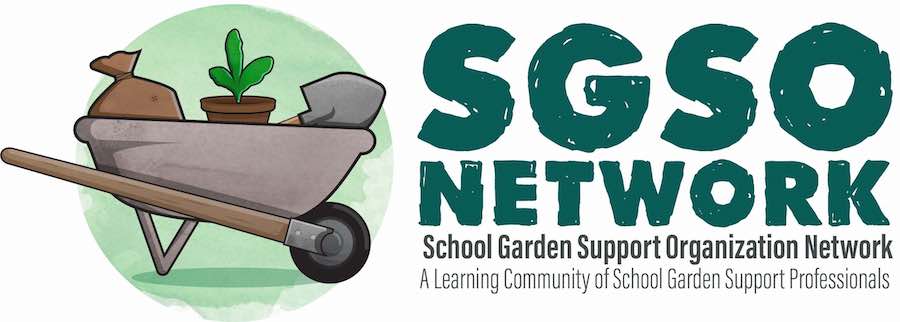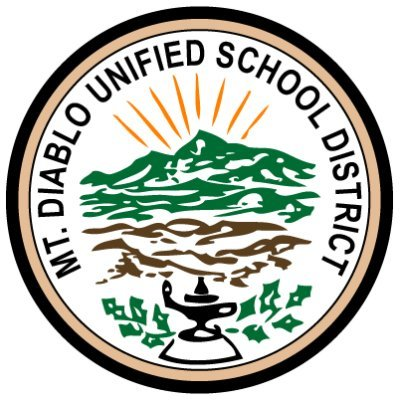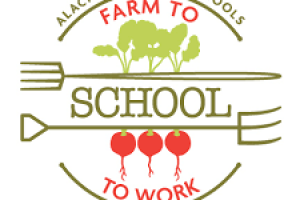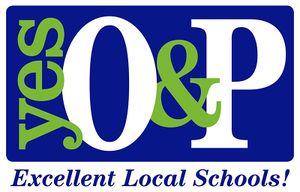Key Elements Related to Funding SGSOs
Relationship Building
Building relationships with a diversity of stakeholders can lead to new funding sources, shares the value of your work in your community, and helps your organization move from one funding stream to another!
Diverse Funding Streams
SGSOs rely heavily on grant and foundation funding, but there can be more fiscal resiliency in organizations with diverse funding streams. Successful SGSOs sustain funding by diversifying their funding with sources such as earned income or school district funding.
Focus on Mission, With Flexible Elements
SGSOs with sustainable funding often have a core mission, with flexibility about what elements and programs achieve that mission. This flexibility opens up SGSOs to new and different programming over time, allowing organizations to shift around or seek different sources of funding while still succeeding in fulfilling their core mission.
